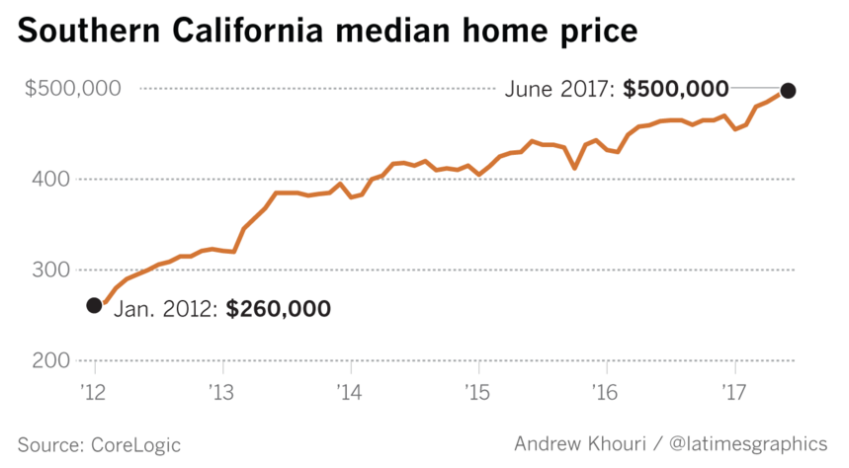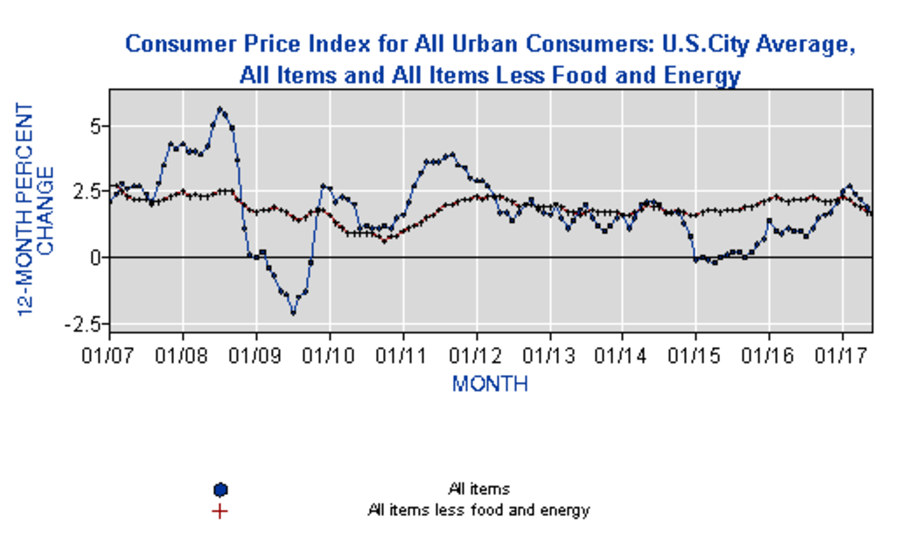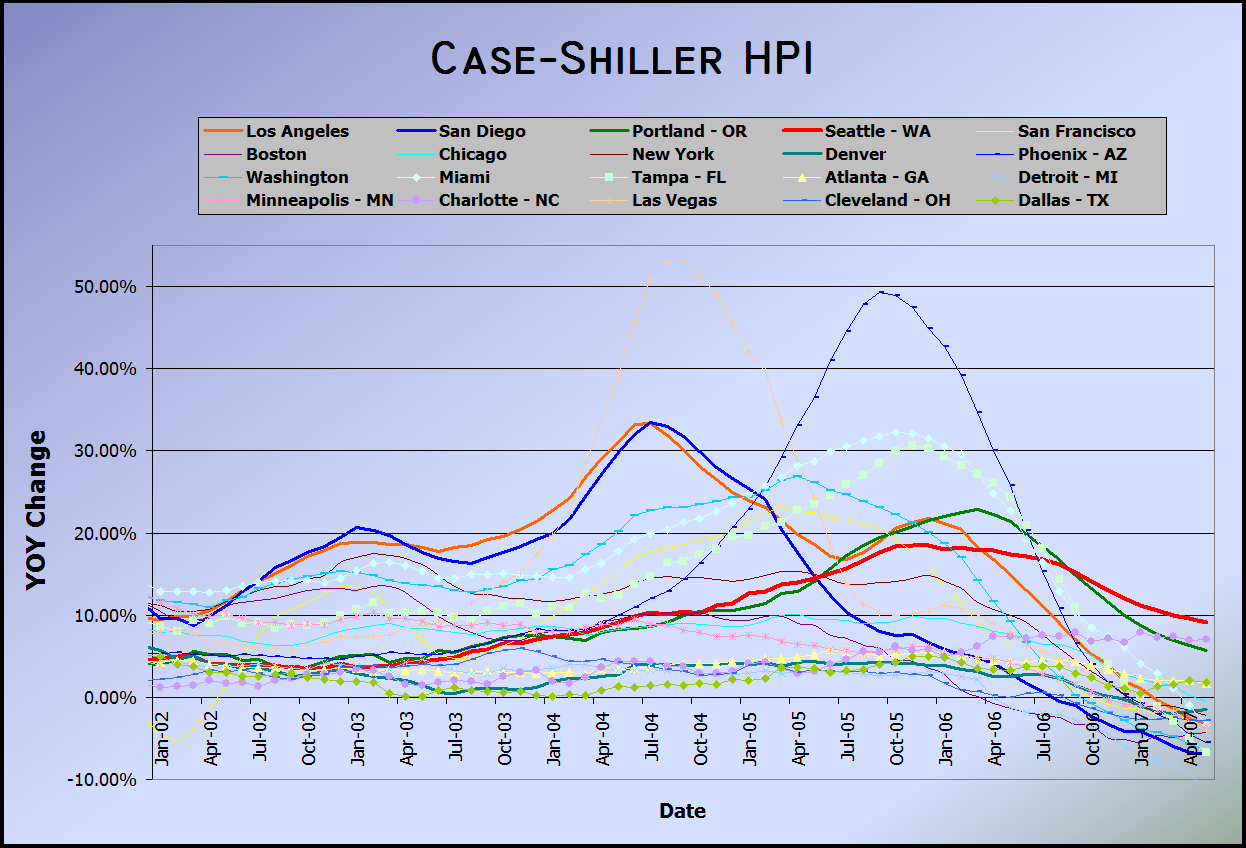By Jeff Paul
The US government likes to pretend that the rising cost of living is under control. People in Southern California know better. According to a new report in the Los Angeles Times, median house prices in Southern California have nearly doubled in the last five years.
LA Times reports:
In many corners of Southern California, home prices have hit record highs. And they keep going up.
In Los Angeles County, the median price in June jumped 7.4% from a year earlier to $569,000, surpassing the previous record set in May. In Orange County, the median was up 6.1% from 2016 and tied a record reached the previous month at $695,000.
Across the six-county region, the median price — the point where half the homes sold for more and half for less — rose 7.5% from a year earlier and is now just 1% off of its all-time high of $505,000 reached in 2007, according to a report out Tuesday from CoreLogic.
The price increase was even greater than the 7.1% rise recorded in May, and some agents say there are no signs of a slowdown in the Southern California market.
One of Twitter’s funniest economic sleuths, Rudy Havenstein, points out the obvious problem:
I do not have an econ PhD, but I believe this works out to more than 2% inflation. https://t.co/NKAzdxvkfH pic.twitter.com/CV6Dxvw0eh
— Rudolf E. Havenstein (@RudyHavenstein) July 26, 2017
In case you’re confused, Rudy is referencing that the US government and its central banking partners desire a 2% inflation rate. Government measures the prices consumers pay for a basket of goods and services to determine the official inflation rate called the Consumer Price Index (CPI). However, the “core” CPI doesn’t include vital things like food and energy.
The chart below from the Bureau of Labor Statistics illustrates how much more dramatic the cost of living rate moves when food and energy are added:
Market optimists tend to quote the core CPI number because it’s less dramatic, but it’s not as accurate as the “headline” CPI with food and energy included. But the core CPI claims to be a good measure of housing costs. Until 1983, the measure of homeowner cost was based largely on house prices. Today, they use some voodoo math since a home is considered an investment and a living expense. Simply put, it attempts to account for owner-occupied homes which may be going up in value, but the monthly cost remains stable. Whereas rents in the same market will rise due to the increased value of homes.
A more reliable measure of home prices, the Case-Shiller Composite Home Price Index, was also released this week. It showed a nationwide increase of 5.6%, closer to Southern California’s rate than the CPI.
The Case-Shiller Index chart below looks very similar to the LA Times chart showing the boom in home prices beginning in 2012.
Home prices alone don’t tell the whole story. Renters are struggling the most. According to a recent report in the Orange County Register, the average rent for a house in Orange County is $3,114 per month and $2,548 for a home in Los Angeles County. The median household income in LA County is around $56,000, before taxes. So rent eats about 50-60% of wages. And Southern California is a microcosm of what is happening in many other cities in America.
The LA Times correctly identifies the market forces causing the price increases: “growing economy, rock-bottom mortgage rates and a shortage of homes on the market.” And, of course, the LA Times shepherds government action to stop the surge in home values.
Government officials say they are trying to take steps to address the problem of affordability.
In Los Angeles, Mayor Eric Garcetti is advocating for a fee on new development to raise money for below-market housing — a policy known as a “linkage fee” and used in cities such as San Francisco, San Diego and Oakland.
And in Sacramento, Gov. Jerry Brown and legislative leaders have said they will put housing at the top of their agenda when they return in August from a monthlong break.
Legislators have proposed a package of bills aimed at raising money for subsidized housing and making it easier for developers to build all kinds of housing, which often faces pushback from residents concerned over traffic and neighborhood character.
Some cities in Southern California have already made some absurd laws trying to reduce cost of homes like banning Airbnb-type short-term rentals. Watch the video below where Activist Post’s Vin Armani explains this wrongheaded approach:
Markets tend to correct themselves without government interference. People also adapt. It’s one reason the co-living trend is exploding. However, sooner or later not enough people can afford house prices and a correction will begin. For instance, some people will move away and new housing units will be built to accommodate supply and demand.
Take a look as Case-Shiller’s HPI chart below from the boom-bust period of 2002 through 2008. You can clearly see the 2007 correction begin to have its effect.
After loose lending practices, low mortgage rates, and shady Wall Street re-packaging of housing debt enabled the boom period and inevitable bust, the downward trend continued until about 2012 as previously indicated.
Today rates are even lower. Lenders are getting creative again because Millennials don’t qualify due to high student debt and low wages. And Wall Street is as corrupt and greedy as ever. Combine that with the bloated municipalities in desirable areas making it expensive or impossible to get new building permits, and home prices may continue rising at this rate for a couple more years.
Jeff Paul writes for Activist Post and Counter Markets newsletter. Like us on Facebook, subscribe on YouTube, follow on Twitter and at Steemit.
This article is Creative Commons. You may republish in full with attribution and link to this post.
Source Article from http://feedproxy.google.com/~r/ActivistPost/~3/uPy0AvE7MKw/california-home-prices-skyrocket-faster-than-official-inflation-rate.html
Related posts:
Views: 0
 RSS Feed
RSS Feed

















 July 30th, 2017
July 30th, 2017  Awake Goy
Awake Goy 



 Posted in
Posted in  Tags:
Tags: 
















